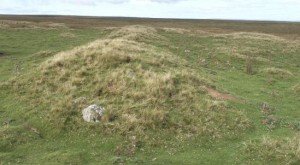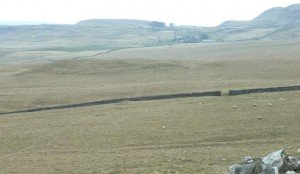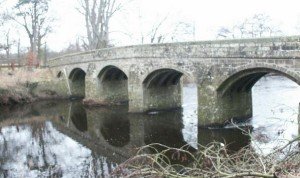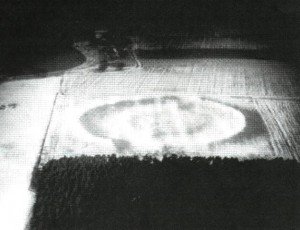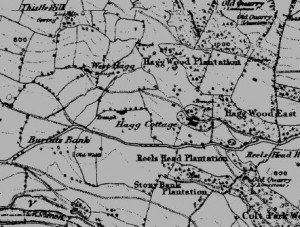Rey Cross is one of the largest marching camps known in Britain, it is large enough to hold more thasn two legions (and therefore did) and has been dated to c. 71 A.D.
Blog Archive
Pickhill Mound
A large artificial mound here, apparently raised for defensive purposes, bears the name of Picts’ Hill, and an improbable belief prevails that the Picts defeated the Romans in battle at a spot, not far off, called Roman Castle. This mound is also known as Money Hill, but, though partially cut away for the construction of the railway, the traditionary hidden treasure was not found
Near Moor
At SE48090 98917 this Neolithic Pointer lay’s close to a Bronze Age Field System. I have explored this area several times and find that much more time is needed as it is a vast area called Near Moor and was due in pre-history connected to Scratch Wood Moor to the north west.
Malham Roman Marching Camp
← North YorkshireSite Details: Around 70 AD Cerialis the new Governer of Britain ordered two of his legions advance on the Brigantes of Yorkshire. From the South west (North Wales?) came the XX legion commanded by Agricola. Their mission was to meet the IX legion at Stanwick to attack King Venutius. Was this legionary marching …
Live Moor Hill Fort
“Whorlton, Live Moor, (NZ 496012) A previously unrecorded promontory fort was identified by D. Smith on air photographs and later surveyed by him and G. W. Goodall. A single rampart with external ditch extends across the west-facing spur of Live Moor to enclose an area of approximately 2 acres known as Knolls End.
Kilgram Bridge Ford
Kilgram bridge itself is of known ancient construction, and is believed to date from the early 12th century – probably built around 1145 AD by the Cistercian Monks who founded Jervaulx Abbey nearby. Local myth tells how the bridge was built by the Devil after a pact made with the local population. Kilgram Bridge is first mentioned in literature in 1301, however Kevin Cale, in his assessment of the bridge suggests an early 12th century date to be appropriate (4).
Fremington Hagg
← North YorkshireSite Details:Fremington Hagg Roman Cavalry Hoard The Fremington hoard was found sometime prior to 1833 and the objects were presented to the Yorkshire museum, further items however, were later presented to the British Museum in 1880 and there has be conjecture as to if both collections were from the same, or different hoards. …
Staple Howe West Hesterton
This small farmstead was established on top of the small chalk hills on the northern edge of the Yorkshire Wolds.

